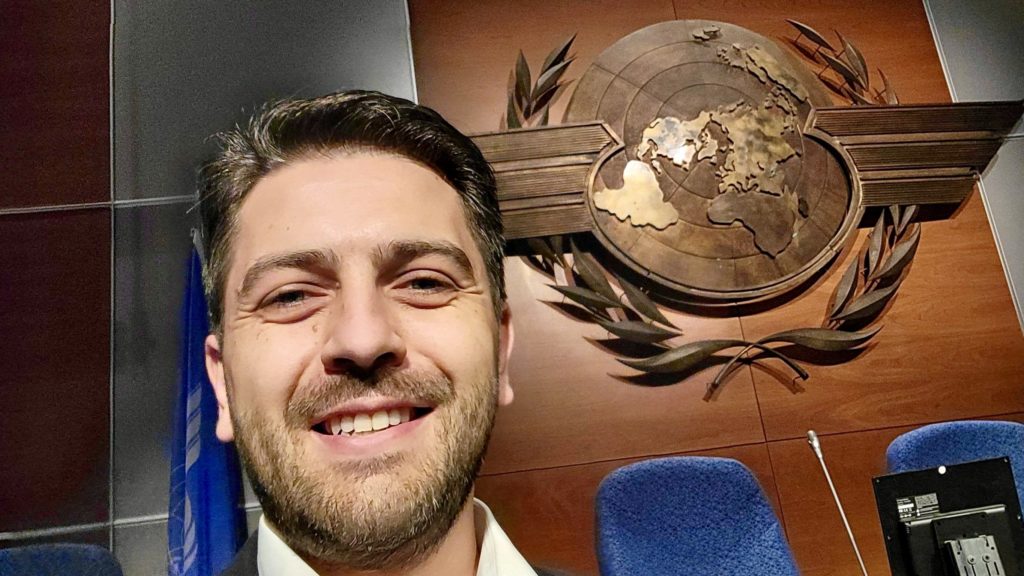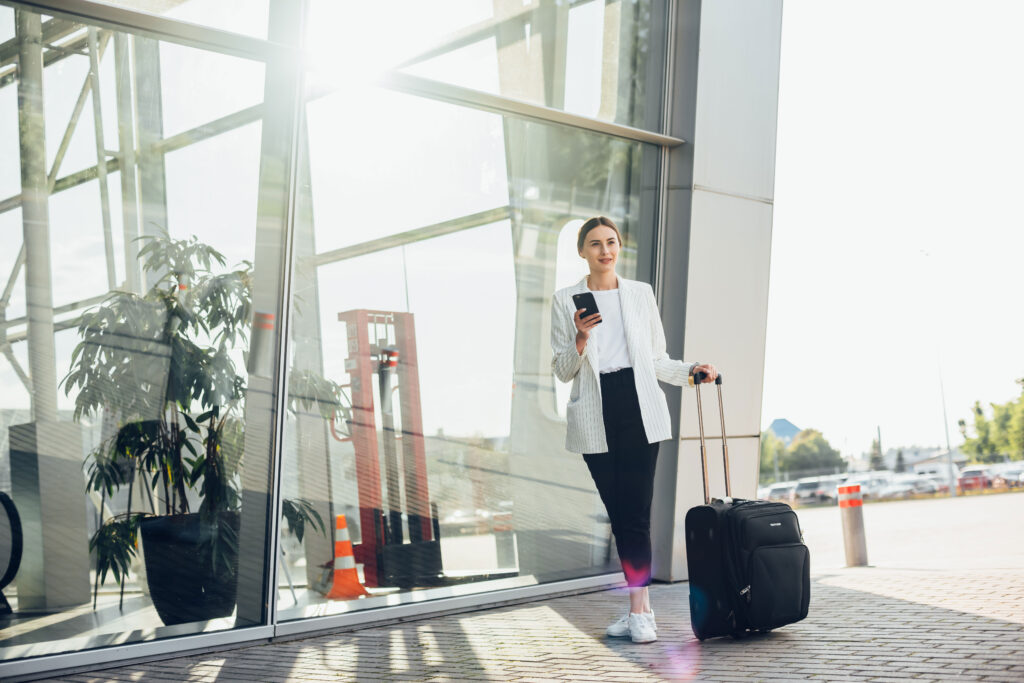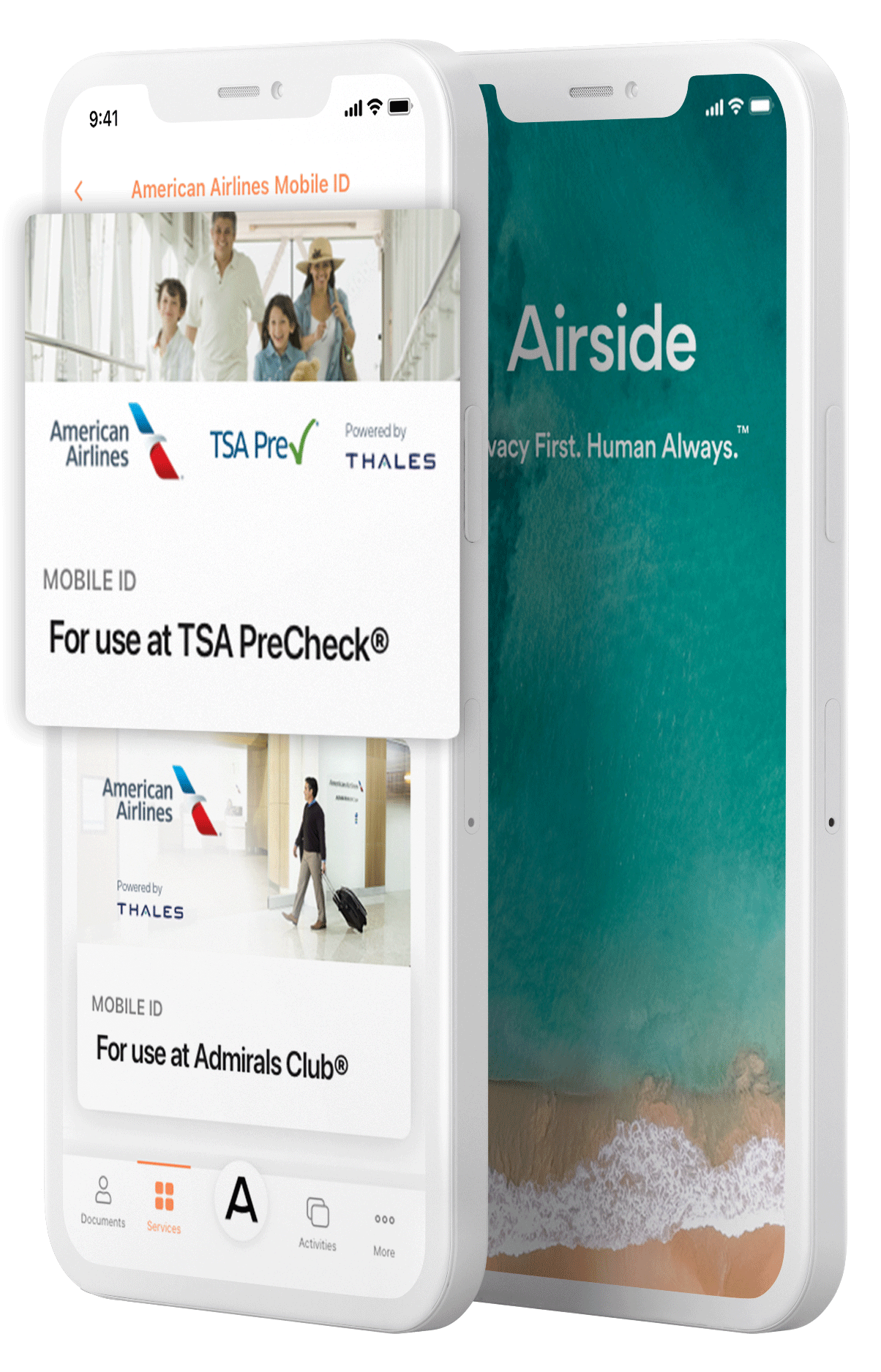Transcript: ICAO Innovation Fair 2022 Sep 25, 2022

Keep Moving Forward – Innovation Towards Seamless and Contactless Travel
Panelist: Gabriel Wichrowski, VP Global Business Development, Airside
Moderator: James McDonald, Programme Director ‑ Seamless Traveller Journey, WTTC
Gabriel Wichrowski: Very good afternoon. Thank you all for being here; it’s a pleasure to talk to you. Thank you, ICAO, for inviting us to participate in the panel.
I’m here to talk on behalf of Airside. My name is Gabriel Wichrowski and I come from a background of 15 years of operations and technology experience in the industry.
The reason why Airside is here [is because] we [have a] history of coming into the industry and bringing innovation from the beginning. It started with a bright idea [from] a couple of guys many years ago who set up a company and were playing around with a few ideas. With the advent of the iPhone and smartphones, [they] realized there was a lot of potential to do something that was mobile based. They had a breakthrough idea, which they took to the U.S. government through the CBP (U.S. Customs and Border Protection): to have an application that could facilitate people going through the border. You could come into the U.S. using your phone as your tool instead of having to speak to an agent or use one of the hardware devices out there. And, that was a great success! Over the eight years it was active, [Airside’s Mobile Passport App] processed over 12 million people to come into the U.S.
When that system was operating, Airside realized that there was a lot more potential in terms of what could be done based on the phone, rather than just that one single use case with the U.S. government. And, that’s when the shift started going from having a dedicated app for a single use to becoming a platform where you can have a reusable ID that you can use for travel or elsewhere.
So with that, there was the launch in 2020 of the Airside App with the platform behind it that enables you to have that reusable, shareable ID that’s handled by the user [and] that’s held within the user’s device. It’s user-controlled and can be reused in the industry.
We went live with [a couple of] use cases with American Airlines (AA) for some of their airport processing systems and then recently, just in June of this year, we went live with the AA [mobile ID] program, together with TSA, for using your mobile ID to go through the security checkpoint. We heard TSA speaking earlier today about some of the innovation they bring to the industry, and [this] is an example of that.
So, what can Airside talk about in terms of innovation? What is the innovation that comes to the table when we’re talking about this? Something that happened during the pandemic, and in general, was that we all realized we’re using a lot more of our devices. We’re using a lot more technology to get things done that were done in-person before. But, with that, comes some concerns on how our privacy is handled, how our data is handled, who do we want to give access to that data or not.
Airside came up with the concept where you have all of your data controlled by the user, stored within the user’s device. There is no centralized database anywhere, so [it’s] a decentralized approach. That data is then shared to the specific [relying] user(s) of that information when it’s required with the user’s consent and very specific rules around what that is going to be used for- and how long it can be kept there. What has happened and why bringing [this idea] to market works well is that that became a reality very quickly. [Digital ID} is something that’s out there today. We’re not waiting for the formal global definition of all the standards that need to be pulled together to do this; the company came into the market and rolled out technology that can be used today, by you, at the airports.
That first use case with the government [CBP’s] partnership [processed] over 12 million [travelers]. Now, the potential is for 800 million transactions or people who come through the airports in the U.S. every year to use that [mobile ID] at the TSA checkpoints once it gets rolled out and is opened up in terms of availability to everybody. That’s the evolution of digital ID over time.
I’ll go straight into a specific use case, the latest case that we can show using this technology.
Together with American Airlines, in partnership with TSA, Airside has rolled out what is the Airside Mobile ID with a fully government-approved, verified identity that it can be used to grow [beyond] the security checkpoint. [It] enables travelers to not have to [present] their physical documents anymore – or their boarding passes – to come across the security checkpoint. The innovation there comes in two senses: one, you’re doing everything [ahead of time] from your phone; second, all U.S. passengers can use that system to go across the security checkpoint, meaning you can use your U.S. driver’s license to enroll yourself, verify yourself and then have that stored in your phone, and then reuse that same digital enrollment every time you come through the security checkpoint. So, for [travelers with a driver’s license from] 39 states you can do that straight away using just your driver’s license; for the other states you can use your passport on the system. It’s live now at DFW (Dallas Fort Worth International Airport), it’s being rolled out to other airports (in) the U.S. soon, and it’s expected to go to all airports in the near future.
The idea was to talk about innovation: what can we do to improve and expand on innovation? How can we bring more innovation to the market? The answer was partially in bringing innovative people, [such as] a startup company like Airside, into the room, and then going into partnership with the government, TSA in this case, and other good partners who are willing and who are going have the benefit, or the value, of that innovation. So, we partnered up with American Airlines and DFW airport. We used collaboration with other partners, such as Thales, to come up with a solution that was going to be effective and go to market as quickly as possible, and it ended up coming live, as you saw, recently. With that, I’ll conclude this part, and I look forward to the questions later. Thank you
James McDonald: Okay, great, thank you very much, Gabriel. We speak a lot about collaboration and the importance of innovation, and I think you’ve demonstrated how putting that into practice can reach a real solution, so that’s wonderful. Thank you very much for that. (End of presentation)
Questions:
James McDonald: As we emerge from the pandemic, I’ve heard lots of people say to me, several times, that COVID has accelerated digitization, and lots of solutions developed during the pandemic could help us to go forward, and Airside created some health mobile solutions. Is that true? Has COVID advanced digitalization? Can the solutions that were developed during the pandemic be repurposed now? And, where do you see the next great innovation in seamless and contactless travel?
Gabriel Wichrowski: All right. So, in short, the answer is yes, the pandemic did speed things forward, mostly in terms of the acceptance of the use of technology as something that was required for us to be able to continue forward with our lives while we were not allowed to go and see people face-to-face. And, while that was the driver of the faster adoption of that technology, it required a change in the way that some things were happening.
For the first part of it, you now had to prove your identity over distance to people who were not in the same room as you, so there were ways that people started trying to do this. And, then the concerns around privacy, security of that data, who’s now going to hold my data, started to come through. So, what we see as a way forward, and – for all the bad things that the pandemic caused – what benefit do we take out of it? Let’s now take advantage of the fact that we can start looking at this technology and give users a tool where they can prove their identity and share the attributes of their identity to safely share more information about themselves.
Identity starts with a document normally, but it’s more than a document. Our identity includes all the information about you – maybe affiliations or items that you may need to show or prove to someone – and [it should] give the user full control over ownership of that data and sharing that data with specific other parties on the other end of this. I think moving forward, the expectations are that this technology will continue to evolve, continue to be debated, and [we’ll] have discussions like this about how it’s going to be used in a broader sense for multiple uses.
In travel, we now have it. Whereas it started mostly in immigration areas, now you start to see [mobile, digital solutions] going to other touch points. We saw Patrick (Sgueglia, Lufthansa Group) talking about how to use this with the airport processes. We can also see how we can use it at a security checkpoint in the U.S. market with the solution I showed on the screen a bit earlier. And moving forward, how do we take this beyond the airport space? Okay, now I have a credential that I can reuse, not only at the airport, at the immigration checkpoint, at the airline counter, but maybe to check into my hotel. How can the standards that already exist help drive that? And, how can a body like ICAO help standardize this for the whole industry so that we go beyond the national level of standards that exist now, which have been used to roll out the current stage of the technology to something that’s really interoperable and usable around the global stage?
James McDonald: You’re obviously an SME at a small firm. I understand you were founded in 2009 as a startup. I would perhaps describe you now as a scale-up. I read recently that 10 million users have used your app, which is wonderful. But, you’ve also had some venture capital funding along the way. So, I was wondering, could you explain to the audience what venture funding is, how it helps support small firms to grow, and just your lessons and experiences from that startup to scale-up journey?
Gabriel Wichrowski: Great. Airside is (on) that path now, going from being a startup to being a scale-up in a growing period. It has proven itself as a very valid leader that has a lot of market recognition and can be expanded to a bigger role. Along that journey, the venture capital side of things is what enabled some of that progress to happen.
You have a great idea to begin with; that’s where our founders started off, with their previous experience working in the government and working with airports, focusing on technology. [They] worked on that idea for a while until it solidified into something that really had user demand and was viable. And then the venture capital side of things comes in because you do need cash to fund your development, you need people to work on the technology, you need tools, and so on. And venture capital [is] the banks, or entities, or investors who come in and help provide that funding, but also beyond that, they have the right sort of advice and people [who] have gone through this process with many other companies, so they can advise the smaller companies on where to go from there.
It’s critically important to have the right venture capital partners together with you, because it does more than just [provide] the cash injection and the funding; it actually does a few other things that are extremely important. One, it validates you as a small company in the market. When you can show that you have received investments from significant venture capital companies out there, it shows to the market that you’re there to stay and it gives you the validation that if something happens along the way, whether it’s exponential growth because everything took off perfectly or whether you hit a bump on the road somewhere, you’re going to have the funding, the backing, to see that period through, to see that growth come into reality and make good use of it. Secondly, it sends a message out to the market, to the other companies, “Hey, pay attention to this company, it’s coming through.” So it opens up channels that you would not be able to open by yourself as a small company starting off with just a bright idea if you didn’t have some of those tools at your disposal.
James McDonald: I’d like to travel with just my mobile, but I can’t yet. What needs to happen to be able to travel just with my smart device?
Gabriel Wichrowski: There are standards out there on the national level, or with very specific, narrow areas that help you to be able to use your mobile device to prove your identity, as we’ve shown in the domestic market in the U.S. You can actually do that now with regards to the TSA and their approval for that. In order to have that as a reality on a global scale, to be able to do it internationally and so on, we need bodies like ICAO and IATA to help us go towards a model where we have the DTC (Digital Travel Credential) and One ID initiative helping put an agreed approach out there where internationally we can all talk the same language.
I think the focus there is on using technology that’s interoperable, that is agnostic to what the end user might see. The user can share that information and be able to use [their] device to do remotely what you would need to do in-person before.
The one thing we cannot forget, though, is there is a lot of data out there. Do I want to lose control of that data? No. And, I think most of us have learned along the way that privacy is important, that you want to make sure that data is kept in a secure way, that [you] actually trust what is happening with your data. Airside’s motto is “Privacy First. Human Always.” [which means] there’s a human behind every bit of data out there [and we] should try to keep that in mind when we’re dealing with people’s information.
So, focusing on something that’s user controlled, that’s decentralized, seems like a good approach going forward. There’s a lot of good technology out there; we just need to keep working on how to make it possible for everybody to use it









